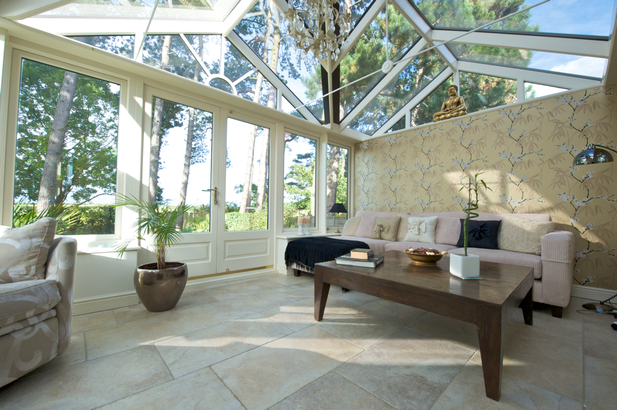Exploring biophilic design for your home
So what exactly IS biophilic design? You could say it’s a reaction against the last century’s technological urban race, against plastic and pollution and everything that we are – belatedly – realising threatens our whole environment.
Embracing the natural world, biophilic architecture and design is about bringing everything back to basics, with interiors that introduce elements provided by Mother Nature to benefit our health and productivity.
The concept was originally coined (ironically) in 1984. No, not the Orwellian dystopic novel, just the plain old mid-eighties year when the American psychologist Edward O Wilson introduced his hypothesis of biophilia.
Literally meaning ‘love of nature’, he defined it as ‘the urge to affiliate with other forms of life’. Wilson recognised that urbanisation was causing a disconnect with the natural world which was having a negative impact on our health and wellbeing.
Scientific research has now illustrated that featuring natural elements within building design reduces heart rate, blood pressure and stress while also promoting creativity and spiritual wellness. So, creating environments which are suited to de-stressing, so that we can restore our physical and mental energy, is central to the biophilic design ethos.
In terms of how this translates to our homes, it’s not just about houseplants and sunlight, but that’s as good a place to start as any.
Specialist timber joinery producers David H Wright have put the principles of biophilic design to the forefront in creating conservatories, orangeries and roof lanterns for residential and commercial clients to enjoy environments which celebrate the natural world.
Walls of glass allow natural light to flood into these new living spaces, providing instant health benefits. Spending time in sunny rooms helps us to absorb vitamin D, a common deficiency which is linked to depression. Allowing homeowners to enjoy the proximity of the surrounding gardens whatever the weather, these relaxing garden rooms are also perfect for bringing nature indoors. Sufficient light and space allows large verdant plants such as palms and ficus to flourish, naturally improving the air quality as they provide complementary oxygen to our carbon dioxide.
As for the joinery, the firm naturally uses only timber. Advances in recent years mean this is now an option which outstrips UPVC in terms of performance as well as excelling in terms of the biophilic appeal. Accoya timber, grown in sustainable forests, is carbon neutral and completely non-toxic, treated with a process which uses only acetyl acid already naturally occurring in wood. With a minimum life expectancy of 60 years, it is 40% more thermally efficient than hardwood.
Fresh air is of course, a biophilic requirement, so David H Wright make it easy to welcome in the breeze, with streamlined and stylish casements hinged at the side, top or bottom for maximum options.
Complementing the glazing and joinery, using natural materials and earthy colours and tones for floors, furnishings, water features and accessories puts the final touch on your blossoming biophilic habitat.

